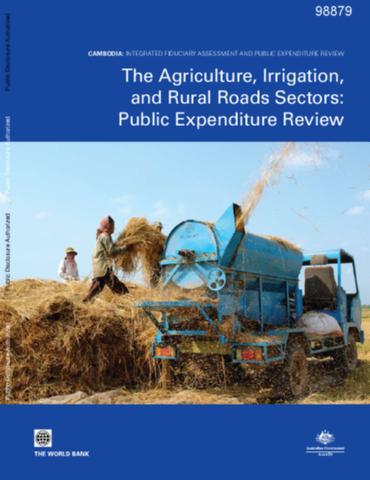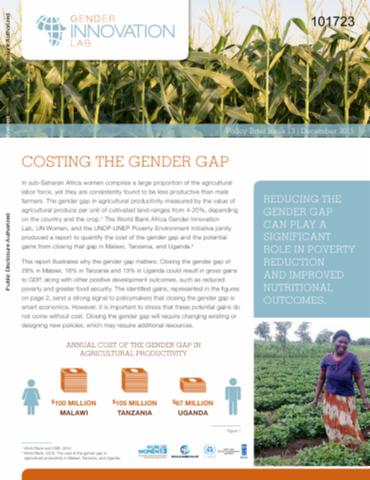Effects of improved management and quality of farmyard manure on soil organic carbon contents in small-holder farming systems of the Middle Hills of Nepal
Simple and widely adopted sustainable soil management (SSM) practices, especially improvements in the management and quality of farmyard manure (FYM), have enabled many thousands of small-scale farmers in the Middle Hills of Nepal to increase organic matter in their soils. This has been achieved without increases in livestock numbers or in the quantity of manure available. The organic matter contents have increased in all of five time series of on-farm topsoil monitoring over periods of one to three years, at rates varying from 2% to 27%.





